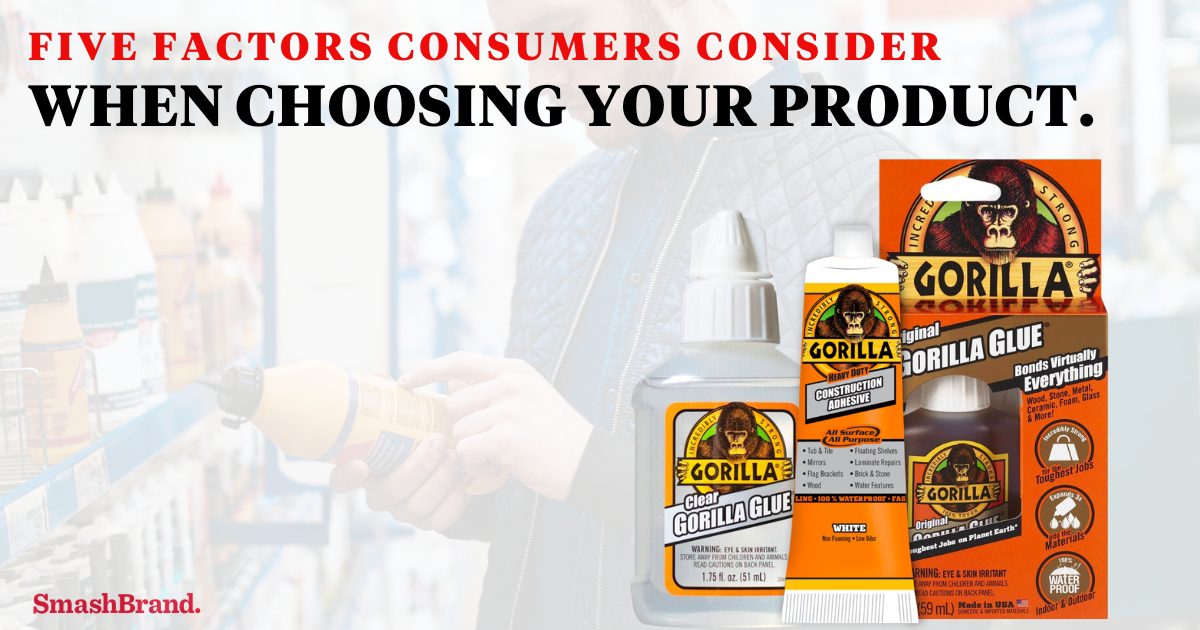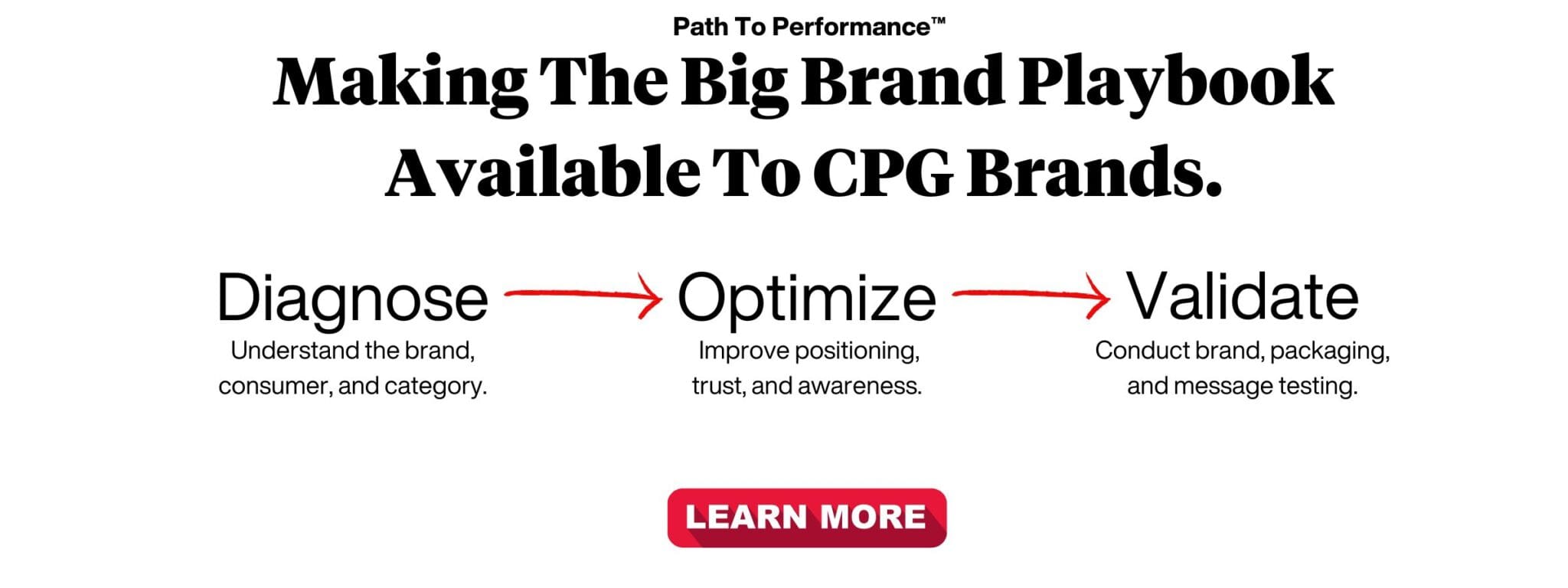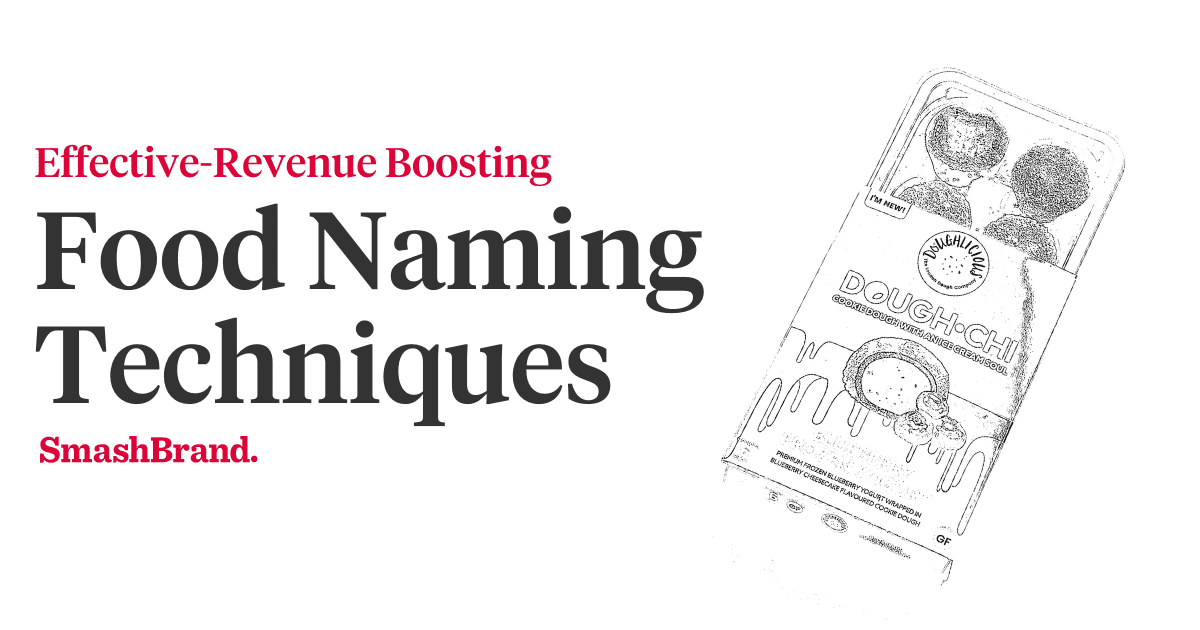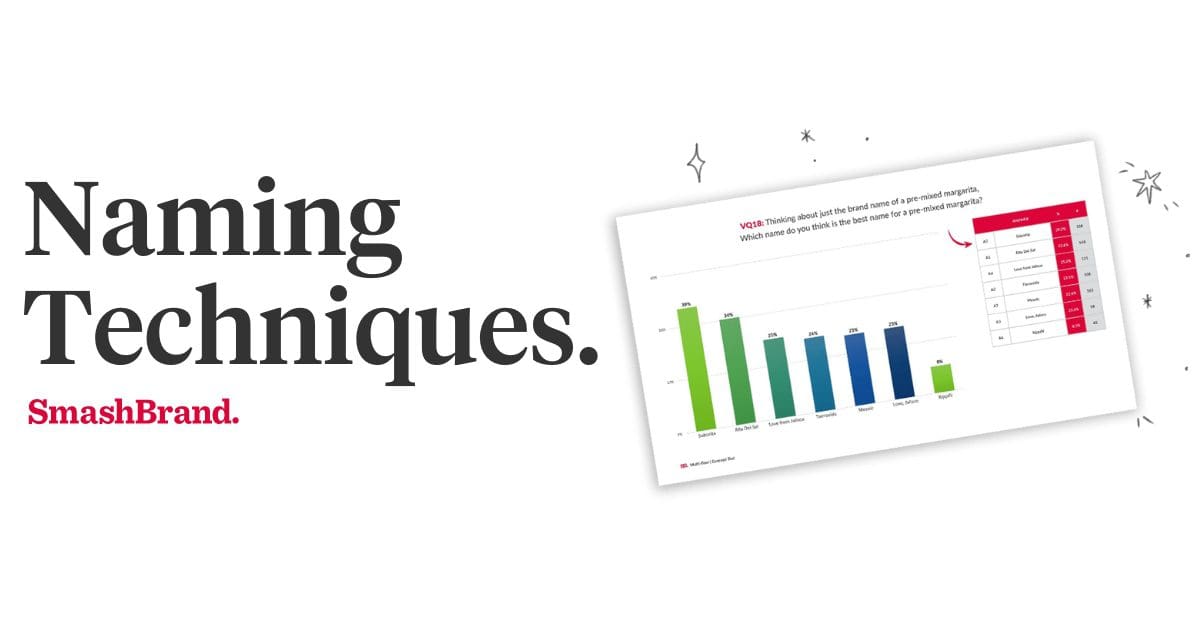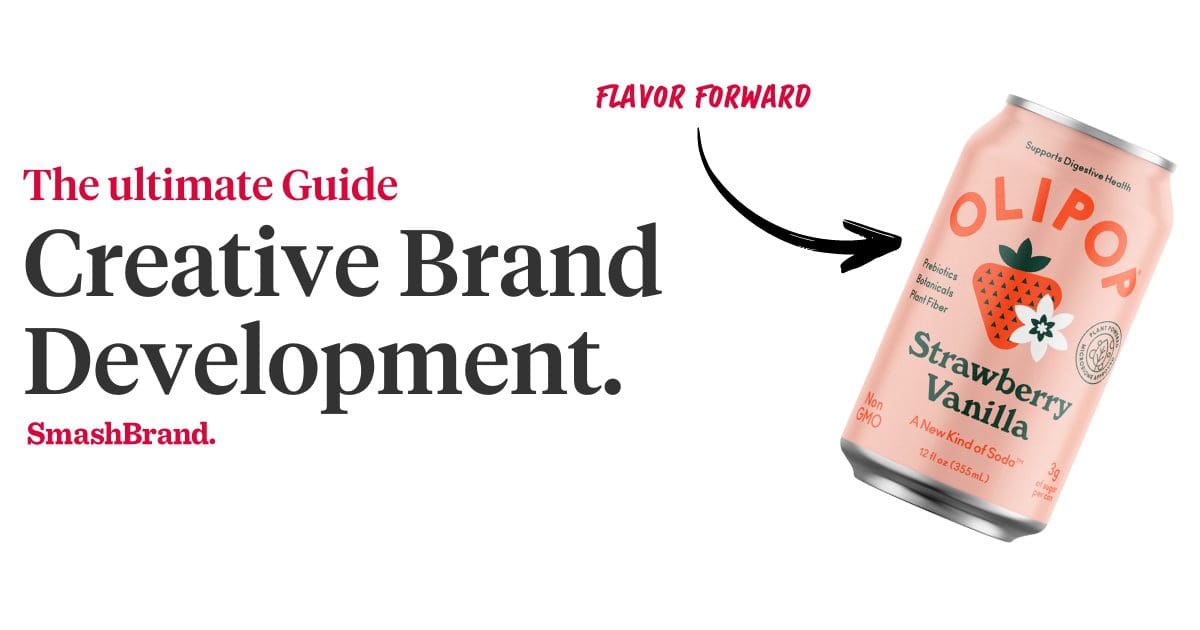Listen to This Article

Studying the target customer is a massive undertaking that can make your head pound as you perform consumer behavioral analysis to determine which factors are most important for a product packaging design.
Customer habits are predictable yet weird and illogical. They are often based less on value and need and more on immediate emotional comfort. Customers will universally describe themselves as being savvy and sharp. Yet, their buying habits indicate that they waste massive amounts of money on products and services that are of little value and might also kill them!
So how can we determine what will drive a customer to grab something from a store shelf? Here are five factors (plus a bonus factor) significantly influencing how a consumer views and engages with a product.
Get your Hands on the SmashReport!
And enter to win a FREE brand diagnosis worth $20,000.
*The SmashReport is a monthly newsletter for FMCG and CPG brands, helping them stand out in the competitive retail marketplace.
Product Differentiation
A consumer only chooses the same ol’ same ol’ product if it comes with a lower price. Since being a discount brand is a terrible way to position a brand, differentiation is the most critical factor influencing the purchasing decision of your target customer.
But it isn’t enough to “be different” as that can be a factor that detracts the consumer. A brand’s perceived distinction must showcase the ability to solve a problem or produce a feeling. So how do you determine the best way to differentiate a product? Glad you asked!
Combining a competitive analysis with consumer testing results in greater product trials and repeat purchases. Understanding your customer is the main ingredient for influencing personal behaviors.
Increasing Value Perception
When running at full speed, product differentiation leads to an increase in value perception. The more value the target audience believes it is receiving, the greater brand loyalty you can expect. Perceived value directly impacts the pricing strategy, and some brands can even increase their pricing to support the value perception without negatively impacting consumer behavior.
Brand Storytelling
A great story is memorable; memorability is how you influence consumer behavior in consumer packaged goods. Everything from the packaging design to the marketing strategy should storytell to influence purchase decisions positively.
Read More: How To Make Your Brand Storytelling Work
Customer-Generated Storytelling
Not every consumer consideration is linked entirely to creative package design, unfortunately. When we recognize a brand as having existed in the distant past, we are more likely to trust it. After all, how could it have endured over a century without its merits? For this reason, most of the world would put our very lives in the hands of the Coca-Cola Corporation.
Unfortunately, new companies must establish brand trust quickly to resonate with the Yelp-ing, Googling, and Amazon-reviewing public. No, we’re not telling you to plant phony glowing reviews on consumer websites (shame on you!). Still, you will have to interact with your consumer base warmly and lovingly using one (if not all) of the billions of social networking channels. Respond to them in a friendly and servile manner! Accept returns unquestioningly and thank the customer for alerting you to the problem! Make your workplace fun and frolicsome, and then post whimsical photos on Facebook! Yes, it’s nauseating! But it serves your brand.
Product Allure
Make the product look good. Even if we’re designing a package for a commodity product such as salt, we must make the product look better than the competition.
Creative package design isn’t just about showing off how closely we’ve studied the work of Viktor & Rolf; it’s about how tasty we make the food inside look, how enticingly the gadget is displayed, or how well we know the particular market. If we designed product packages exclusively to satisfy our egos, most of us would be designing packages on our lunch break from our jobs as Walmart greeters.
Alluring To Snobocity
Yes, we buy certain products because we want to impress. The consumer’s desire to purchase products to increase their stature is critical to retail package design. The package must convey quality, connoisseurship, and success to get people to pluck it from the shelves. Moreover, we must instantly identify the sports drink, smoothie, chocolate bar, or coffee cup in the consumer’s hand so their friends and associates can see it and leap on the bandwagon.
Many of our consumer choices hinge upon our peers’ choices. Cultural phenomena have more to do with the products we buy than we would like to admit – if everyone has a Starbucks cup, then we must go to Starbucks. Associations like this have little to do with the product’s quality but everything to do with maintaining social veneer.
The Law Of Familiarity
There is much to be said for wildly inventive, out-of-the-box design, but much to be said against it, too. Human beings are hard-wired to feel comfortable with what is familiar. If we associate a particular product or package design with good things, a potential customer who fits our buyer persona is more likely to be drawn to that product. The key is integrating the two: award-winning packaging design and familiarity that brings about consumer comfort.
This separates the design weak from the strong. How successfully can you integrate familiar elements into an innovative design concept?
Nurturing Social Proof
Social proof isn’t a new concept, as cultural factors influencing trade are as old as time. But in today’s world, aspects of social proof, such as encouraging social sharing, are so powerful that they can interrupt buying behavior with a single scroll.
To protect your target market from the onslaught of recommendations for brand switching that occur online, leveraging strategies such as influencer marketing pulls customers back to your brand.
The point is that CPG brands better market social proof as part of their marketing campaign if they want brand awareness to grow, lifetime value to increase, and revenues to climb.
Social Responsibility
Social factors become more important with each passing day. Environmental friendliness is no longer a nice-to-have feature; it’s part of the everyday customer experience. Just look at brands like Patagonia, who continue to grow as they thread social responsibility into their brand story.
Being socially responsible doesn’t guarantee that you can influence customer behavior positively. Because so many brands are chasing this packaging design trend, you must optimize packaging to stimulate interest above the competition and compellingly tell your story.
Package Reusability
Consumers have always wanted more for their money, but modern consumer behavior indicates how people desire environmental responsibility in a way that means more value, not more price. A well-designed, sturdy package (jar, bottle, or bag) that consumers can use long after the product is gone is a major enticement to the thrifty and the hoarders among us. Large bags are especially valuable since many large cities are now forbidding plastic shopping bags and charging customers for paper bags.
Bonus Factor: Purchasing Convenience
In this new omnichannel CPG world, consumer buying behavior entails multiple online and in-store touchpoints. A consumer buying decision may first occur in one of your retailers, whereas habitual buying behavior occurs in another. For this reason, brands need to understand at which retailers the omnichannel target customer shop.
Data-Driven Brand Development For CPG Brands
SmashBrand is a branding agency for FMCG and CPG companies. From brand strategy to packaging design testing, our Path To Performance™ process guarantees a retail performance lift. Book a time to discuss your project with our team.
Frequently Asked Questions
What Are The Main Product Factors That Influence Purchasing Decisions?
We can categorize purchase decision factors can into nine core groups. Here’s a look at what each of the factors includes.
Personal Factors: Age, gender, occupation, lifestyle, personality traits, life stage, values, attitudes, knowledge, and personal goals.
Psychological Factors: Perception, motivation, learning, beliefs, attitudes, lifestyle, risk tolerance, need for achievement, and brand loyalty.
Economic Factors: Income level, disposable income, savings, credit availability, price sensitivity, and purchasing power.
Social Factors: Reference groups, family roles, social status, cultural norms, social influence, and word-of-mouth communication.
Cultural Factors: Values, beliefs, customs, traditions, dietary preferences, fashion trends, and religious practices.
Environmental Factors: Climate, pollution, resource availability, sustainability concerns, and environmental consciousness.
Technological Factors: Technological advancements, product innovation, communication channels, and digital platforms.
Situational Factors: Physical environment, time constraints, social setting, specific occasion, in-store displays, and sales promotions.
Individual Differences: Unique values, attitudes, knowledge, personal goals, risk tolerance, need for achievement, and brand loyalty.

